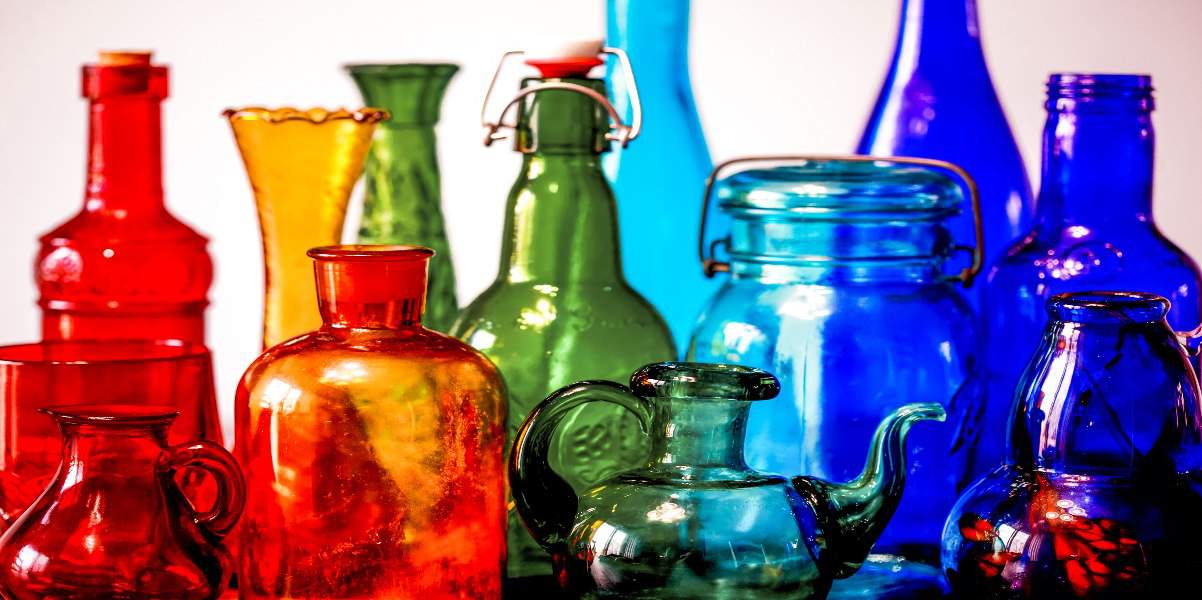The world is full of plastic, and our reliance on the material continues to grow. As humans, this reliance has quickly become an unnecessary obsession with the quick and convenient as opposed to the sustainable. As we go through this article, we will discuss the consequences of irresponsible single-use plastics, and how we can play our part in using plastic alternatives to be more eco-conscious.
From bioplastics to glass, there is no better way to make a change than to remain informed. Our focus today is with the consumer – how we as individuals can make a difference in our day to day lives. While most of us don’t have direct control over corporations and recycling companies, it is our responsibility to act in ways that reflect what we expect from them. So, get ready to dive into the world of plastics!
All You Need To Know About Single-Use Plastics
Single-use plastics are plastics that are manufactured to be used once and thrown away. These plastics are exceptionally cheap to manufacture and are lightweight thereby making them suited to a variety of uses. Examples of single-use plastics include take-away packaging, straws, plastic utensils, coffee cups and lids, water bottles, and shopping bags. But why are these items so dangerous?
Many of the items named above are manufactured to be thrown away, not recycled. This combined with the fact that 91% of plastic isn’t recycled means that even if these items were recyclable, most of them wouldn’t make it to the factories. Now consider that every single piece of plastic ever manufactured is still in existence, and it’s not hard to start to realize the gravity of the issue at hand.
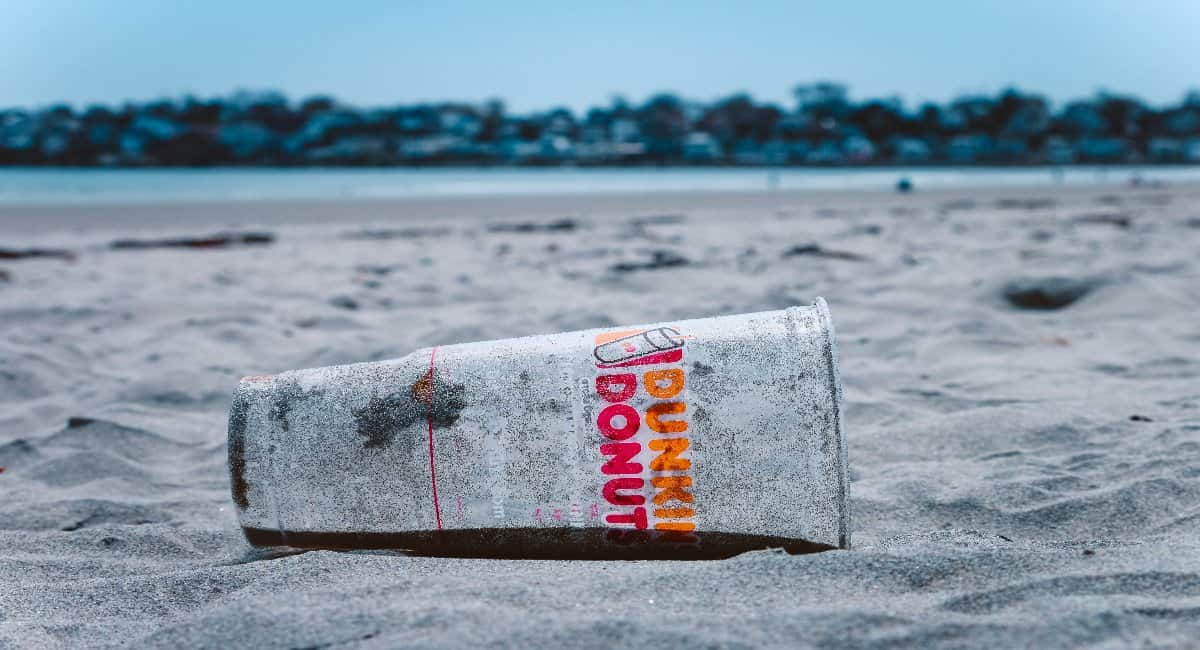
Furthermore, many companies face difficult barriers to recycling. One is that many items are simply too small to be put through recycling machinery as they tend to fall through the cracks and jam or break it. Another is that many packaging items such as coffee cups contain mixed materials which are difficult and expensive to separate. Sometimes the plastics even contain pigments which make it difficult for the recycling machinery to identify them (such as black food trays). To add to this issue, there is more than one way to make a single-use plastic item and the cheapest of those is using polyethylene (a byproduct of fracking and refining petroleum). Rather than using sustainable plastic production methods which are significantly more expensive, most companies choose to cut costs and go down the fossil fuel route. The issue with this remains that recycling plants willing and able to effectively recycle this type of plastic remain few and far between. Mostly this is because they are expensive to build, maintain, and use. Thus, making most of the single-use plastics manufactured today essentially worthless and non-recyclable.
Additionally, of all the plastics produced per year approximately 8 million tons end up in our oceans. Here they are easily broken down into microplastics by sand, wind, wave action, and ultraviolet rays. Once broken down, not only are these microplastics even harder to filter and clean from the ocean, but they are more easily consumed, inhaled, and digested.
Types of Plastic Alternatives
According to WWF, approximately 40% of plastics produced are single-use plastics. And even though these items could be entirely avoided by better more eco-friendly alternatives to plastic, our fast fix throwaway culture continues to choose convenience over sustainability. For instance, a great way to minimize your plastic footprint is by using a non plastic substitute such as organic earbuds or reusable porcelain and bamboo takeaway coffee mugs. Below are some of the single-use plastic items you may be in regular contact with, as well as their non plastic alternatives.
Toothbrushes are some of the most common sources of single-use plastics. Although their useful life tends to be longer than other single-use plastics, they are still only made to last a short while. Try using a bamboo toothbrush! If you are unsure of what brands are sustainable, do some research before you buy.
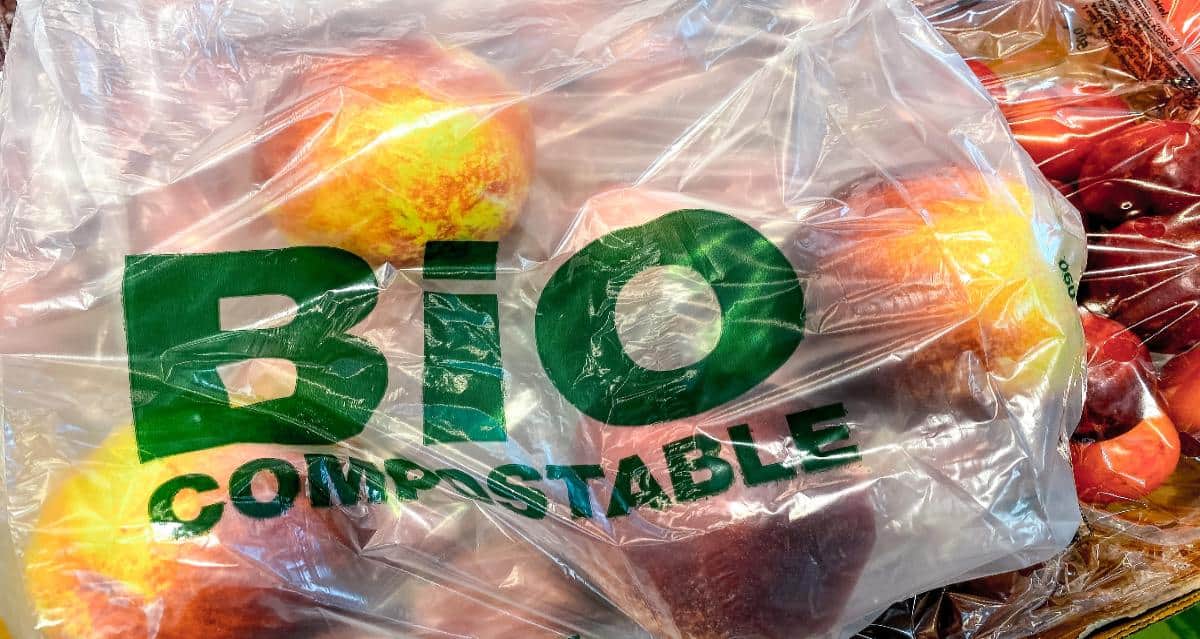
Plastic food containers are some of the toughest materials to recycle due to the health hazards of the old, eaten foods contained within them (most recycling plants don’t accept dirty items). So next time you order out, try asking your favorite dinner joint if they use or are willing to use eco-friendly alternatives to plastic or even biodegradable plastic alternatives. Otherwise, order from restaurants that minimalize plastic packaging (think pizza).
Plastic plates – convenient right? Not for the planet. Again, soiled plastics cannot be recycled and anyone who has bought a plastic plate does not have the intention of doing dishes. Rather than choosing plastic-specific throwaway plates, opt for a plastic substitute such as bamboo or at worst eco-friendly plastic.
Plastic cutlery items are the perfect example of single-use plastics. Made to be used for one meal and then discarded, these little items often land up in landfills, waterways, and the ocean. So next time you order out, ask for no cutlery, and use your own. Alternatively, the best option would be to invest in a substitute for plastic straws, knives, and forks.
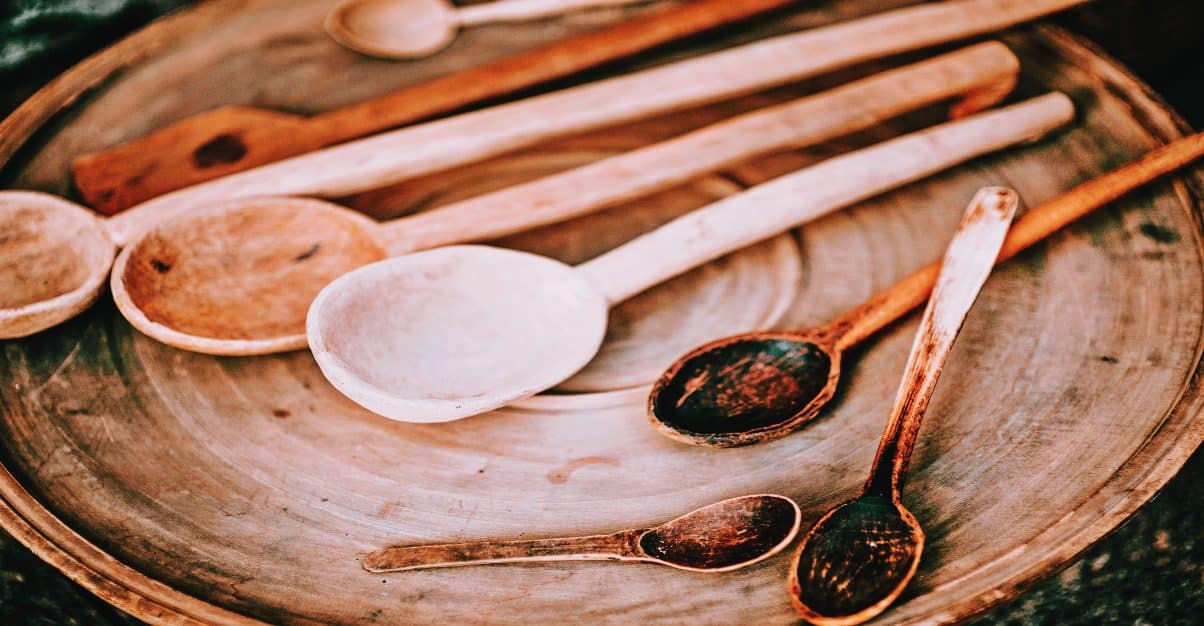
Furthermore, it’s best to replace plastic bags with eco-friendly products such as material shopping bags. Most of these plastic bag alternatives are rather affordable and even fashionable. With many of the grocery stores now turning to an eco-friendlier shopping experience and bans on plastic bags becoming more prevalent, it could be a worthwhile investment!
Many of these items, and more, are easily and affordably replaced by eco-friendly alternatives to plastic. Some of the materials you may want to keep in mind when replacing common items of single-use plastics are glass, woods like bamboo, steel, paper, biodegradable plastic, porcelain, natural fiber cloths such as hemp, wool, or cotton, and cardboard. Each of these materials has its pros and cons, but one big upside to single-use plastic alternatives is the peace of mind that comes with each.
Are Biodegradable Plastics Better?
Generally speaking, there are 3 types of biodegradable alternatives to plastic: non-degradable, partially bio-based, and biodegradable. Bioplastics are alternative plastics made from natural materials as opposed to petroleum, making them a safer plastic replacement. However, many of the alternative plastics out on the market still require specialized composting facilities that are not always very accessible.
For instance, partially bio-based plastics are not compostable – meaning they will not be able to degrade in your back yard. These plastics require special microorganisms to break them down and can still take up to 6 months to be fully degraded. Whereas biodegradable plastics are compostable but still require commercial composting facilities to fully decompose.
Therefore, when wanting to address the single-use plastic crisis, biodegradable plastic alternatives may help, but will not mitigate the risks we currently face. Seeing as most of these environment-friendly plastics require commercial facilities, they will not be able to be broken down in water, soil, or at home, leaving us with the same issue: overwhelming ocean plastics.
Glass vs Plastic
While bioplastics mitigate certain risks and make user-end recycling far easier, most scientists still agree this is not enough. To create a true change, our reliance on single-use plastics and eco-friendly plastic need to be trashed. Glass is one of the plastic alternatives which is sustainable, hygienic, and accessible.
Plastic has many incredible applications that are imperative to human health and safety, but where changes can be made, they should be. For instance, switching out your plastic water bottle for glass. It’s important to realize that glass can be recycled an infinite amount of times – hence why in the zero-waste community it is the perfect plastic replacement. Yet to understand a holistic picture, the properties and afterlife of glass must be considered.
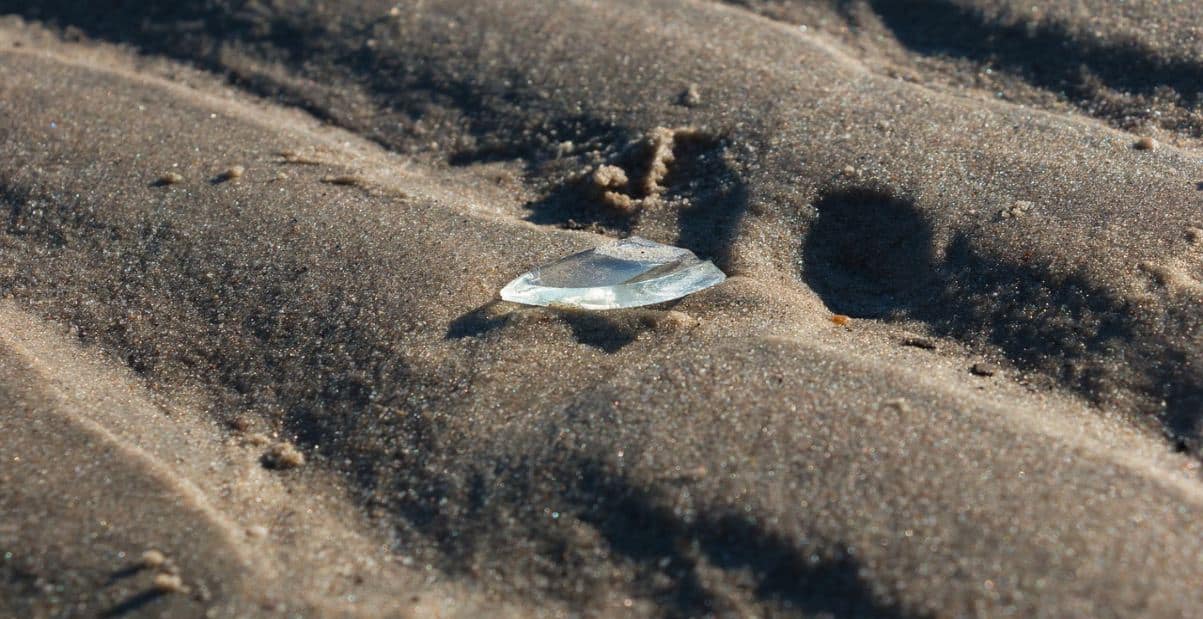
According to the United States Environmental Protection Agency only 31.3% of glass is recycled – the issue with this is the production of new glass itself is not entirely environmentally friendly. Glass is made from sand in rivers and sea beds. When this sand is removed, it disrupts the ecosystem of that particular waterbody, and in the case of rivers – leaves them vulnerable to erosion and flooding. Glass is also heavier, meaning it is responsible for more carbon emissions during transport. But what glass lacks in terms of environmental sustainability during production and transport – it makes up in its afterlife. As mentioned, glass is endlessly recyclable, does not lose quality during the recycling process, and can be done fairly cheaply. Not to mention that while it may take up to one million years to decompose, glass releases no toxic chemicals in the process. So why is glass only recycled at a 31.3% rate?
In many cases, glass is used as a cheap landfill cover. In many other cases, it is simply too labor-intensive to separate the glass colors as only like colors can be recycled together. Lastly, some consumers participate in “wish-cycling” which entails placing non-recyclables into the recycling bin thereby contaminating the entire load. These small issues start to add up when you realize that if 50% more glass was recycled, there would be a 10% decrease in potential global warming and that this decrease could cause up to 2.5 million US tons less CO2 emissions per year.
So final verdict? Glass is a better plastic substitute than most materials but only if consumers and companies get on board with recycling the material.
Worst Types of Plastics for Human Health
Although there is no definitive answer, there are plastics that should be avoided more than others. To keep it simple, avoid codes 1,3,6, and 7 as codes 2,4, and 5 are relatively safer. Examples of these include:
Code 1 (PET or PETE or polyester) is found in bottles of water, some mouthwashes, jams, and microwavable food trays. Code 2 (high-density polyethylene or HDPE) is used in opaque milk containers, some medicine containers, shampoos and conditioners as well as cereal boxes. Code 3 (polyvinyl chloride, V or Vinyl or PVC) is in most packaging plastics, mouthwash bottles, squeeze bottles, wire insulation, and other construction materials. Code 4 (low-density polyethylene or LDPE) is material for film applications, grocery store bags, and beverage cups. Code 5 (Polypropylene or PP) make up some food containers, baby bottles, sanitary pads, straws, and bottle caps. Code 6 (Polystyrene or PS) is used to make egg cartons, disposable cutlery, hangers, and smoke detectors. Code 7 (other or simply O which contains Polycarbonate or PC) is found in water storage containers, juice containers, lab equipment, car parts, and water bottles.
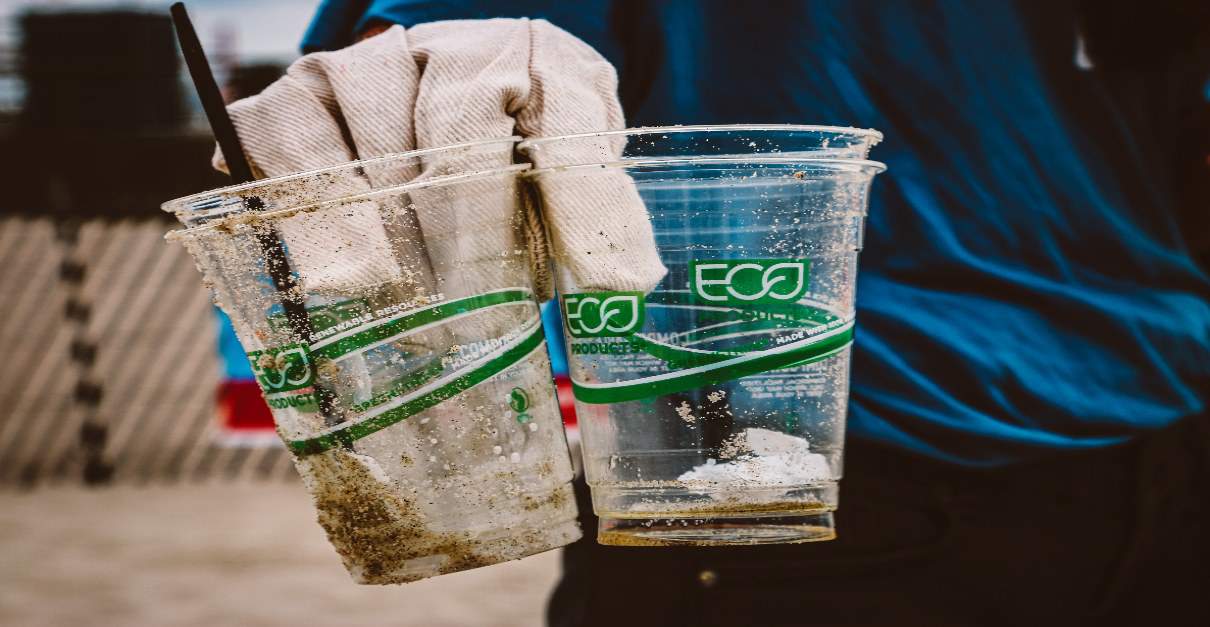
These are just some examples of each code; however, they are not conclusive and so as a consumer it is always important to check the label on products before buying them. Codes 1,3,6 and 7 are known for cancer development, asthma development, negative effects on one’s immune system, infertility, and diabetes amongst other conditions. Codes 2,4 and 5 still have links to negative human health but are less toxic or less likely to cause these illnesses.
The best way to avoid any negative effects is to simply avoid single-use plastics as much as possible. Where you can, find an alternative. It’s easy to want convenience until it is our health on the line.
FINAL THOUGHTS
Plastic Alternatives
Single-use plastics not only pollute our planet but also our bodies. Using substitutes such as wood, glass, and metal are far better options in many cases. Although glass cannot replace the variety of ways plastic is used, woods and metals make up for the properties it lacks. However, when considering a bioplastic as a substitute, one should perhaps do their research into the manufacturing company. Although a better plastic alternative, bioplastic is certainly not a perfect replacement. Remaining informed and knowledgeable is a great way to round the fight against plastics. However, the real difference is the ability to show others just how easy it is to use better, more sustainable alternatives. When you as a consumer play your part in directing the corporations who continue to manufacture single-use plastics, you are being the change you expect to see in the world. At the end of the day, the best decisions you make will be ones based on knowledge as opposed to hearsay – so continue to watch the space of bioplastics, glass recycling, and new plastic alternatives as they come and go.
FAQs
Plastic Alternatives
1. What is Single-Use Plastic?
Single-use plastics are plastics manufactured to be used only once or for a shortened period. Common examples of single-use plastics include straws, cutlery, takeaway food containers, and coffee cups. These plastics are not often recyclable and are one of the top causes of plastic pollution in our oceans.
2. Why Are Single-Use Plastics Bad?
Single-use plastics are mostly non-recyclable. This means that every single piece of single-use plastic ever produced is still in existence. These plastic articles tend to land up as litter in rivers, waterways, and eventually the ocean. Here they are broken down into microplastics which are unfilterable, easily ingested, and more often than not – attract and leach toxic substances into the environment and bodies of marine life.
3. Are Other Types of Plastics Recyclable?
Yes. While not all single-use plastics are non-recyclable, there are plastic items that are more easily recycled. Plastics that are used in manufacturing processes such as those in cars, planes, medical devices, etc. are traditionally more easily recycled. PET, Polyolefins, and Polystyrene plastics are also accepted by almost all recycling centers.
4. What Are the 3 Best Plastic Alternatives?
Depending on what you are using the plastic alternative for – some of the best materials you can use are woods, metals, and glass. For instance, instead of using a plastic coffee cup to get your favorite takeaway latte, grab a bamboo or porcelain mug instead.
5. Is Biodegradable Plastic Sustainable?
There is more than one type of bioplastic therefore it again depends on the type used. Type one is called partially bio-based plastic. It cannot degrade without commercial facilities meaning it cannot be composted in home systems and will not biodegrade in water, soil, or biomass. The second type is compostable plastic which is labeled (perhaps misleadingly) as biodegradable plastic. This type of plastic still requires commercial facilities even though many of them claim they will degrade in home composting systems. To be biodegradable these plastics would have to be able to break down in any natural environment without human interference, which most of them cannot.
Therefore, while they are certainly more environmentally friendly alternatives (as they can be broken down more easily and at a quicker rate) they are still not considered to be fully sustainable items.
6. Is Glass Better Than Plastic?
While neither has a particularly sustainable manufacturing process – their afterlives speak for themselves. Glass will not release toxic chemicals when it decomposes, whereas plastics regularly do. Glass is also infinitely recyclable and never loses its quality during the process, while plastics can only be recycled a few times before they must be downcycled. However, glass is heavier and more fragile than plastic and so depending on the item, it may not be as useful in a variety of situations. In terms of glass replacements for items such as water bottles, food containers, pantry storers, and the likes – yes glass is better than plastic.
SOURCES
Plastic Alternatives
- Why Can’t All Plastic Waste Be Recycled?, theconversation.com
- 7 Things You Didn’t Know About Plastic (And Recycling), blog.nationalgeographic.org
- The Single Use Plastics Problem , plasticsoupfoundation.org
- Single-Use Plastics 101, nrdc.org
- Glass: Material-Specific Data, epa.gov
- The World’s Plastic Pollution Crisis Explained, nationalgeographic.com
- The Best Eco-Friendly Alternatives For The Plastic In Your Life, eartheasy.com
- Plastics: What’s recyclable, What Becomes Trash — And Why, apps.npr.org
REACH OUT
We always speak about ‘They’. They need to do something about the plastic problem. They need to stop overfishing. What They are doing to our oceans is simply unacceptable. But who are They?
The government? The government is an administrative body elected by the people. The government exists only to serve out the needs of those people. They is in fact our society, a collection of individuals. You are one of those individuals, and so am I. There is no They, there is only We, and We are all part of the problem. However, We can choose to be part of the solution instead. Sure, sometimes it feels like one individual has such a small chance of creating meaningful change – so why bother. But remember, if everyone had that mindset, there is 100% chance that nothing will change.
We only have one Earth. We can make a difference.
You have a Part to Play – join us in our fight against the Ecological Disaster of our Age.


